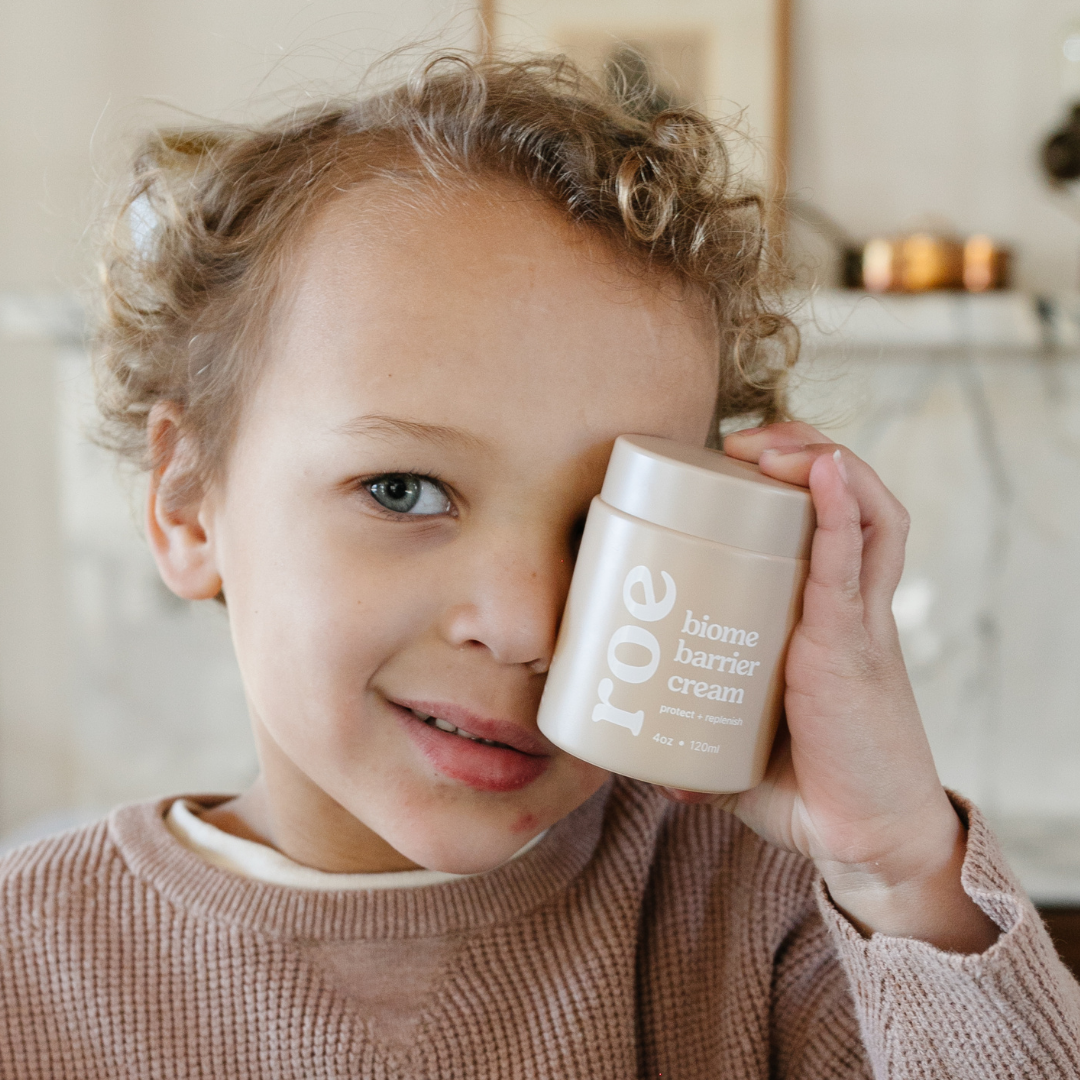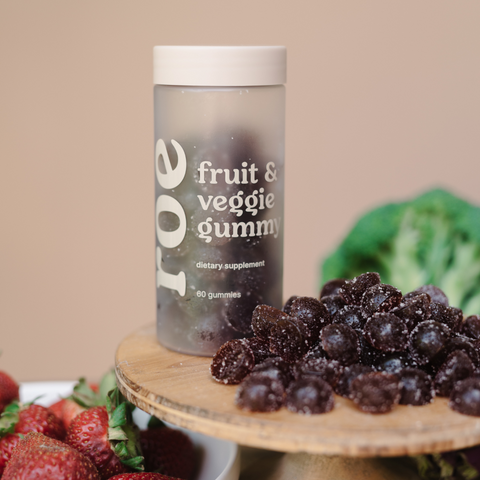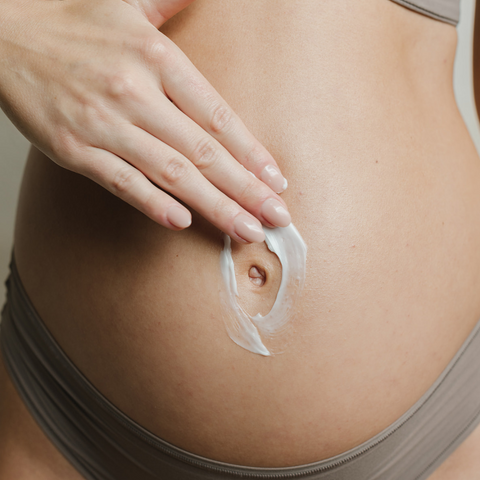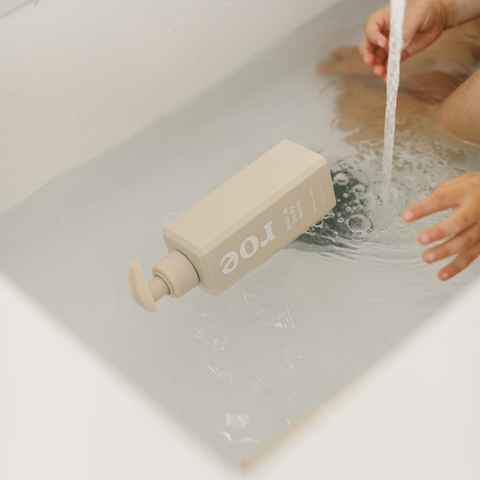"What is a microbiome?"
That's a great question! Several different micro-organisms are settling on the surface layer of your skin.²⁴ Those micro-organisms are made up of bacteria, determining the overall health of your skin. The diverse group of bacteria that lay on the surface layer of your skin most often are harmless. The health of your Microbiome is vital to your immune system. ²⁵ Your immune system fights against disruptive external forces.

Your Microbiome is unique, like your DNA.
It is so important to be in tune with your body because your Microbiome works as a defense system to limit maturing pathogenic bacteria. For your body to continue to protect its barrier from unhealthy organisms, balance your ph system with major nutrients and lipids.²⁶ If your ph system lacks a balance of healthy essentials bacteria, you may flare up with skin conditions like eczema, atopic corneocytes, chronic wounds, etc.²⁷
When your skin ph levels are out of balance, restore them with a gentle cleanser and topical probiotics, then seal the skin with a non-synthetic moisturizer. Soothing your skin also allows healthy bacteria to help fight off allergens. Unfavorable allergens impact the level of sensitivity in your skin.²⁸

All aspects of both endogenous and exogenous factors can affect how your microbiome functions.
The ph levels and types of bacteria on your skin vary in different body areas.²⁹ Sometimes you notice more skin irritations on one particular area of your body than another, this may be due to exposing the barrier to endogenous and exogenous factors like age, ethnicity, sebum, sweat, detergents, cosmetic products, soaps, and more.³⁰
Our Biome Barrier Cream reduces the penetration of allergens, reduces loss of moisture in the skin, increases the number of lipids, and rejects free radicals. This cream supplies your skin with skin conditioning agents, stabilizers, emulsifiers, skin binders, phospholipids, UV protection, anti-inflammatory ingredients, and emollients. This harmony of elements effectively supports your skin's barrier system.

Sources:
²⁵Grice, Elizabeth A, and Julia A Segre. “The skin microbiome.” Nature reviews. Microbiology vol. 9,4 (2011): 244-53. doi:10.1038/nrmicro2537
²⁶Katarina Chiller, Bryan A. Selkin, George J. Murakawa, Skin Microflora and Bacterial Infections of the Skin,
Journal of Investigative Dermatology Symposium Proceedings 6, 3 (2001): 170-174 doi:10.1046/j.0022-202x.2001.00043.x.
²⁷Kuo, Shu-Hua et al. “Role of pH Value in Clinically Relevant Diagnosis.” Diagnostics (Basel, Switzerland) vol. 10,2 107. 16 Feb. 2020, doi:10.3390/diagnostics10020107
²⁸Lambers, H et al. “Natural skin surface pH is on average below 5, which is beneficial for its resident flora.” International journal of cosmetic science vol. 28,5 (2006): 359-70. doi:10.1111/j.1467-2494.2006.00344.x
²⁹Dréno, B et al. “Microbiome in healthy skin, update for dermatologists.” Journal of the European Academy of Dermatology and Venereology : JEADV vol. 30,12 (2016): 2038-2047. doi:10.1111/jdv.13965
³⁰Paller, Amy S et al. “The microbiome in patients with atopic dermatitis.” The Journal of allergy and clinical immunology vol. 143,1 (2019): 26-35. doi:10.1016/j.jaci.2018.11.015





